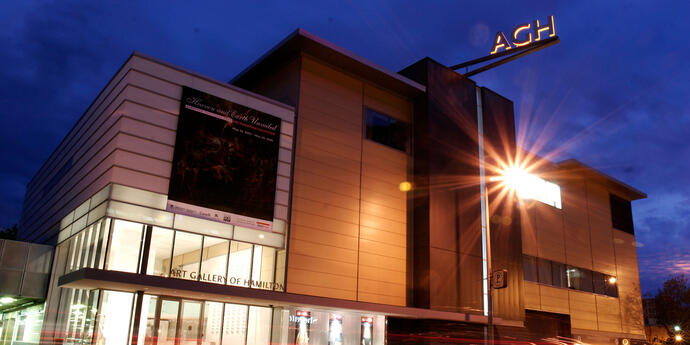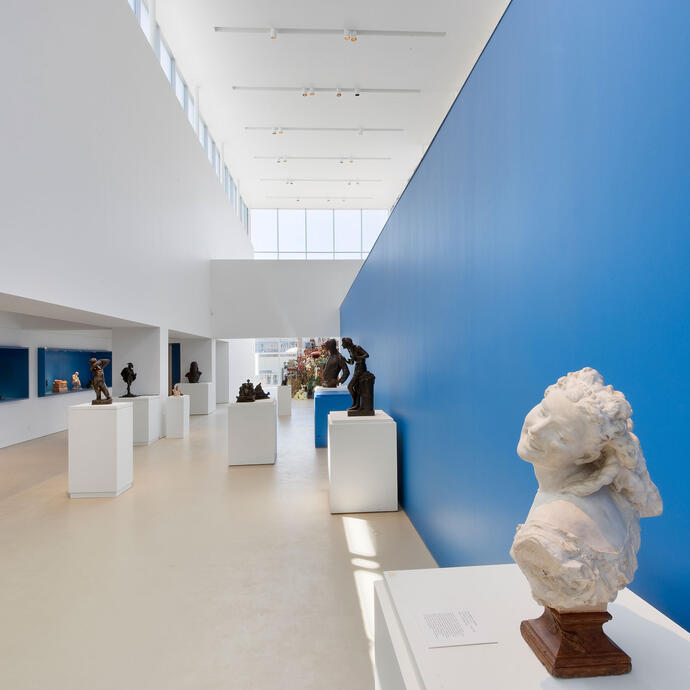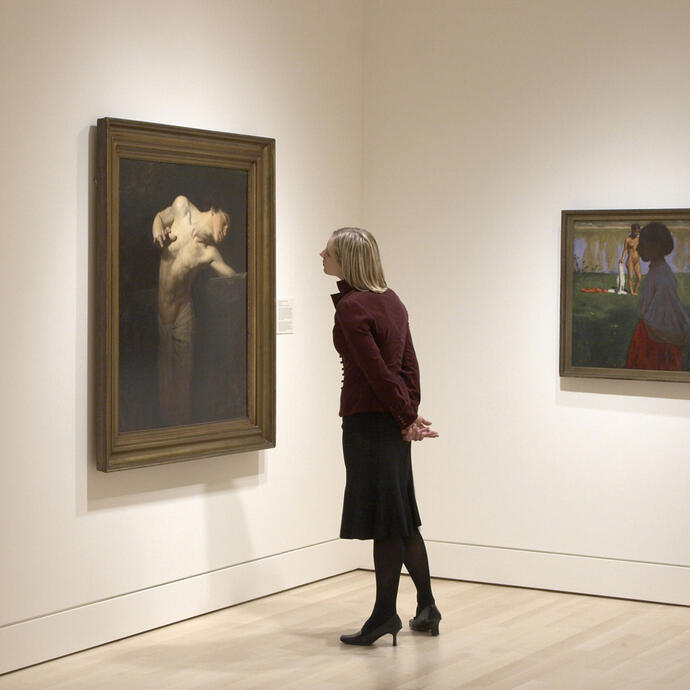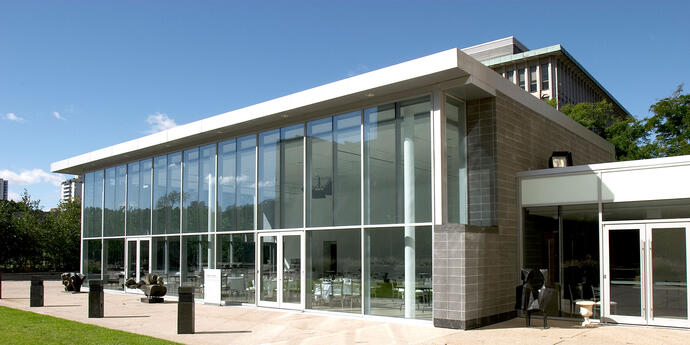
Hamilton’s Urban Design & Architecture Awards Winner Excellence in Architectural Design (2005)
(Don’t) turn the heat up.
Smith + Andersen’s longstanding relationship with the Hamilton Art Gallery began in 1992, when we assisted in the design of their climate-controlled storage vaults. Since then, we’ve maintained our relationship with the Gallery, consulting on a number of renovation projects, including a complete renewal in 2005.
Engaged as the mechanical engineers for this renewal project, Smith + Andersen was involved with the renovations and an addition to the existing Canadian Conservation Institute (CCI) gallery space.
(Don’t) turn the heat up.
Smith + Andersen’s longstanding relationship with the Hamilton Art Gallery began in 1992, when we assisted in the design of their climate-controlled storage vaults. Since then, we’ve maintained our relationship with the Gallery, consulting on a number of renovation projects, including a complete renewal in 2005.
Engaged as the mechanical engineers for this renewal project, Smith + Andersen was involved with the renovations and an addition to the existing Canadian Conservation Institute (CCI) gallery space.


The pieces at play.
While parts of the Gallery were shut down during construction, the office areas remained operational. The design schedule also accommodated other spaces that needed to be used for the temporary storage of art pieces that could not be displayed during the renewal.
As this would be a space housing priceless art, our mechanical design team prioritized climate control in the gallery spaces. We designed systems that use district hot/chilled water to moderate potential extreme temperatures and control the humidity throughout the Gallery. When the district supply is not available, the system pulls from an independent chilled water system – maintaining a reliable internal climate.
Designing with standards in mind.
Designing a CCI-certified space meant prioritizing the Institute's guidelines, which promote the preservation of heritage collections in Canada, as well as complying with ASHRAE standards for Museums, Art Galleries, and Archives. As a multi-functional building that not only houses art, but also incorporates flexible spaces such as offices and communal areas, the gallery uses a cascading approach to these standards. Some spaces require minimal control (Class D), while others require precision control (Class AA). Each level of control suits the layout and operating parameters required across the Gallery.





